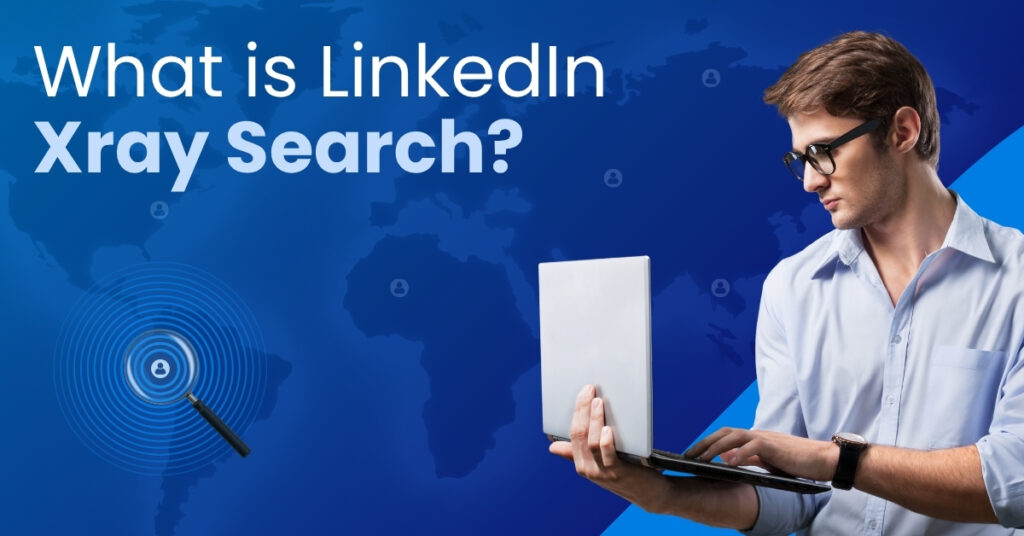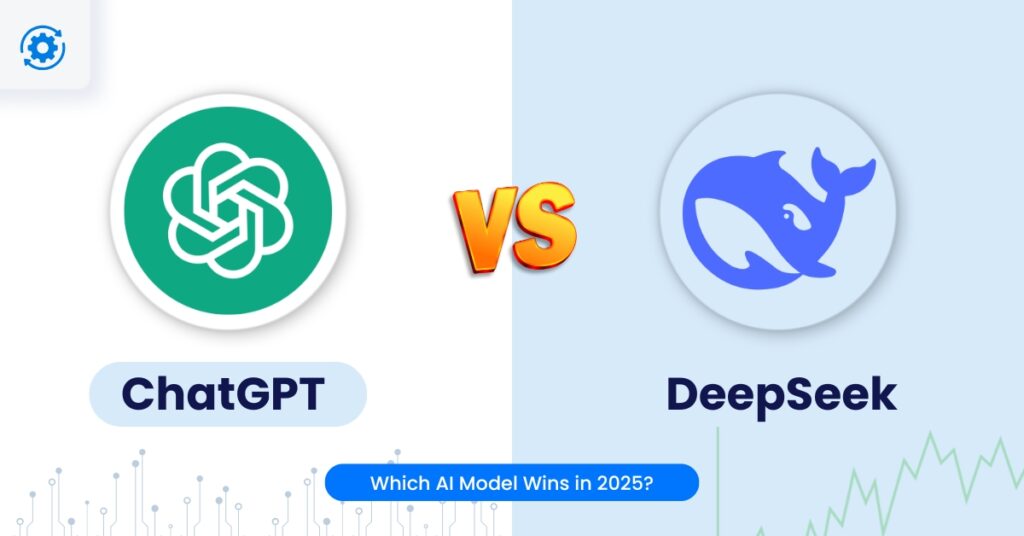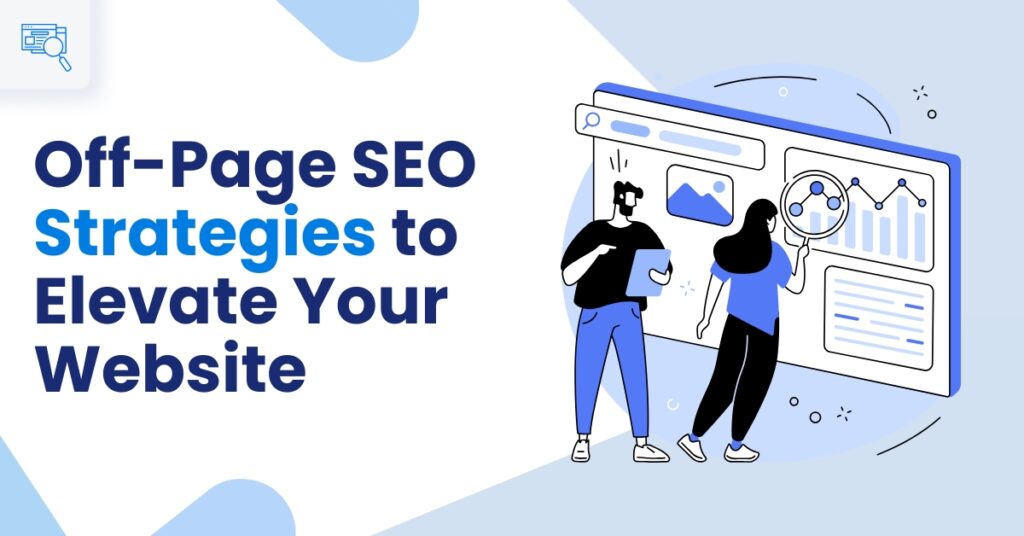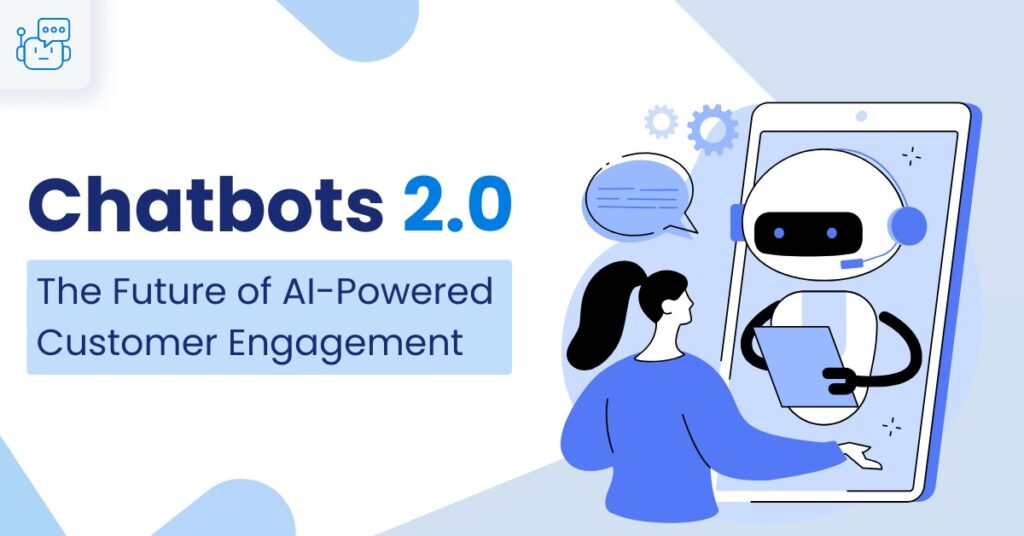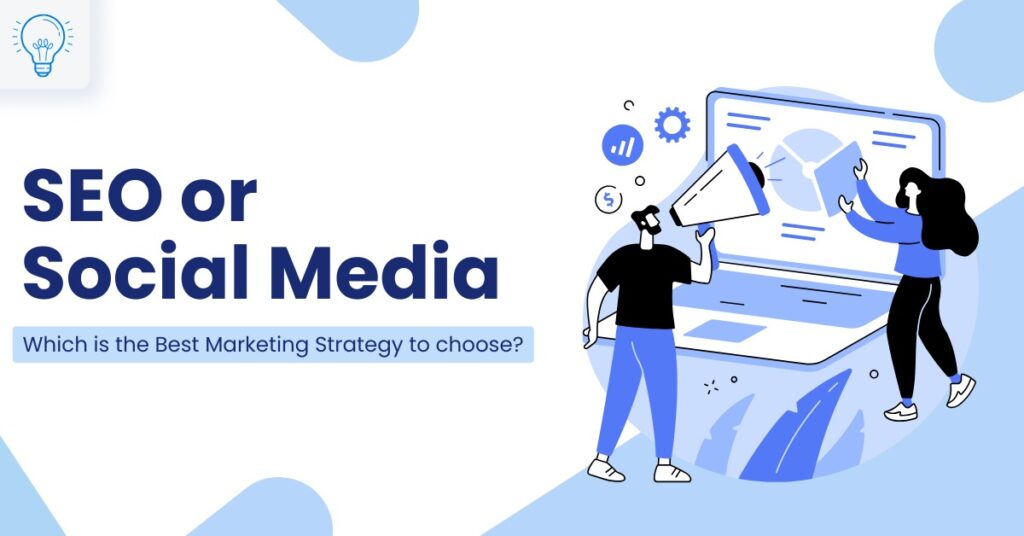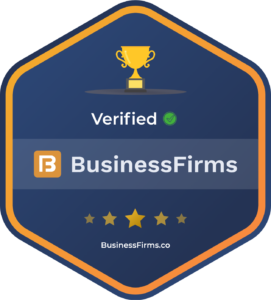Imagine you’re trying to find the perfect candidate for a role, a potential client for your business, or someone who fits your B2B buyer persona, but LinkedIn’s search filters just won’t cut it. Maybe you’re limited by the number of searches you can run, or you’re stuck behind a paywall. Sound familiar?
That’s where LinkedIn Xray Search comes in. It’s not a LinkedIn feature, but a Google-based technique that gives you more control, flexibility, and access than LinkedIn’s internal search ever could. Whether you’re a recruiter, a business developer, or a digital marketer, learning how to Xray search LinkedIn could seriously upgrade your prospecting game.
What is LinkedIn Xray Search?
In simple terms, LinkedIn Xray Search is a way to search for LinkedIn profiles using Google instead of LinkedIn’s own platform. It works by using Google search operators to locate public LinkedIn profile URLs.
Here’s what a basic search looks like:
site:linkedin.com/in/ "job title" "location" "skills"
Let’s break that down. The site: operator tells Google to only show results from LinkedIn, specifically the /in/ segment where individual profiles live. The rest are keywords you can tailor based on job title, city, company, skills, or any combination.
For example:
site:linkedin.com/in/ "Data Scientist" "Bangalore"
This will show LinkedIn profiles of people who are data scientists in Bangalore. The beauty? You don’t need to be logged in, have a premium account, or be connected with them. It’s all public.
This method works because Google indexes a massive portion of LinkedIn profiles. With the right search query, you can bypass LinkedIn’s limitations and reach deeper into its talent and lead pool.
Why Use LinkedIn Xray Search?
So, why bother learning this method when LinkedIn already gives you a search bar?
Here’s why:
- You can access full public profiles without restrictions. You don’t need to be first-degree connections or pay for LinkedIn Premium to see valuable profile details.
- Your searches are more flexible and powerful. Google allows for smarter combinations of keywords, Boolean operators (AND, OR, NOT), and filters much more than LinkedIn’s built-in options.
- It’s great for sourcing talent. If you’re a recruiter, Xray Search helps you find exactly the kind of candidate you’re looking for, especially passive talent that won’t show up in traditional LinkedIn filters.
- It’s equally useful for sales and business development. Need to find decision-makers in a specific industry or region? You can tailor your search to surface just the kind of professionals you want to connect with.
- You avoid LinkedIn’s search caps. LinkedIn can throttle your search usage, especially if you don’t have a paid plan. Google doesn’t have these kinds of restrictions.
Whether you’re hiring, selling, networking, or researching competitors, Xray Search gives you better reach and control.
How to Perform a LinkedIn Xray Search
You don’t need any fancy tools to get started—just a browser and a bit of curiosity.
- Go to Google (or any major search engine).
- Type a query using this format:
site:linkedin.com/in/ "Job Title" "Location" "Skill or Company" - Use quotation marks to search for exact phrases. For example, “UX Designer” will give better results than just typing UX Designer.
- Use Boolean operators to customize your results further:
- AND: Ensures both terms appear.
- OR: Includes either term.
- NOT: Excludes certain terms.
- AND: Ensures both terms appear.
Some example queries:
site:linkedin.com/in/ "Marketing Manager" AND "Dubai"
site:linkedin.com/in/ ("Python Developer" OR "Data Analyst") AND "TCS"
site:linkedin.com/in/ "UX Designer" NOT "Intern"
By mixing and matching these elements, you can build incredibly specific queries that return high-quality LinkedIn profiles.
Tips to Improve Your Search Results
Once you get the hang of basic searches, you can start fine-tuning your strategy. Here are a few tips:
- Use quotes wisely. Wrap job titles and locations in quotation marks to ensure you get exact matches.
- Target specific companies. Add “current * Amazon” to focus on people who currently work at Amazon.
- Try multiple variations of job titles. Different companies might use different titles for similar roles. Search for “Software Engineer,” “Backend Developer,” and “Full Stack Developer” to cover all bases.
- Combine skills and industries. Want designers with SaaS experience? Try “UX Designer” AND “SaaS”.
- Group your logic. Use parentheses to organize complex searches:
site:linkedin.com/in/ ("Sales Executive" OR "Business Development") AND "Hyderabad"
With a bit of practice, you’ll be creating queries that uncover hidden talent, prospects, and partners.
Top LinkedIn Xray Search Tools
While manual searching is effective, some tools can help streamline or scale your efforts. If you’re doing a lot of this work, these can be real time-savers.
Recruit’em – Fast and Free Xray Query Generator
Recruit’em is a free tool that turns your input into pre-built Google search queries. Just enter job titles, locations, or skills, and it generates the Xray string for you. It’s perfect for those who want to avoid memorizing syntax.
HiringSolved – Smarter Sourcing with AI
This tool combines AI with Xray Search to surface not just profiles, but insights. It helps you match the right candidates quickly, especially for technical and niche roles. If you’re a recruiter working at scale, this is worth a look.
Snov.io – From Profile Discovery to Outreach
Snov.io bridges the gap between finding leads and contacting them. It helps you combine Xray Search with verified email lookup and automation. Great for B2B marketers or sales teams building outreach funnels.
PhantomBuster – Automation Meets LinkedIn Scraping
PhantomBuster allows you to automate data extraction from LinkedIn and run custom searches using Xray methods. Think of it as your LinkedIn assistant that works 24/7, especially useful for marketers and SDRs.
OctoHR – Chrome Extension for Query Building
OctoHR is a lightweight browser extension that helps you generate advanced Google queries without leaving your browser. It’s simple, clean, and effective for those who prefer minimal clutter but maximum results.
Each tool offers a different edge, whether it’s speed, automation, or scale. Try them out and see what fits best with your workflow.
Conclusion
LinkedIn Xray Search offers a smarter and more direct way to find professionals, clients, and potential leads without relying solely on LinkedIn’s limited internal tools. Whether you are a recruiter, business developer, or marketer, this method gives you access to highly specific profiles with greater control and clarity.
At Gravitas, we help businesses uncover these kinds of efficient and effective approaches through our LinkedIn Marketing Services in Hyderabad. We focus on delivering strategies that are practical and result-oriented. If you are looking to take your LinkedIn outreach to the next level, we are ready to support you with tools and expertise that work.
Frequently Asked Questions
Yes, LinkedIn Xray Search is safe and legal. It uses publicly available information indexed by Google, not any restricted or private data. You are simply using Google’s advanced search features to view what anyone can see on LinkedIn without logging in.
Absolutely. Since the search is performed through Google, you do not need a LinkedIn account to access public profiles. However, if you want to connect with someone or send them a message, you would still need an active LinkedIn account for that step.
LinkedIn Premium gives you access to internal filters, InMail, and visibility into who viewed your profile. Xray Search, on the other hand, allows you to find public LinkedIn profiles through Google with greater flexibility in search criteria. It does not provide messaging capabilities or premium insights, but it is a free and powerful alternative for discovering profiles.
Yes, Xray Search depends on what Google has indexed. Some newer profiles or those with strict privacy settings may not appear. Also, you cannot view private profile information or send messages directly from your search results.
No, because you are not interacting with LinkedIn’s servers in a way that breaks any rules. You are using Google to access publicly available data. As long as you are not using automation tools that violate LinkedIn’s terms of service, there is no risk of being blocked.

